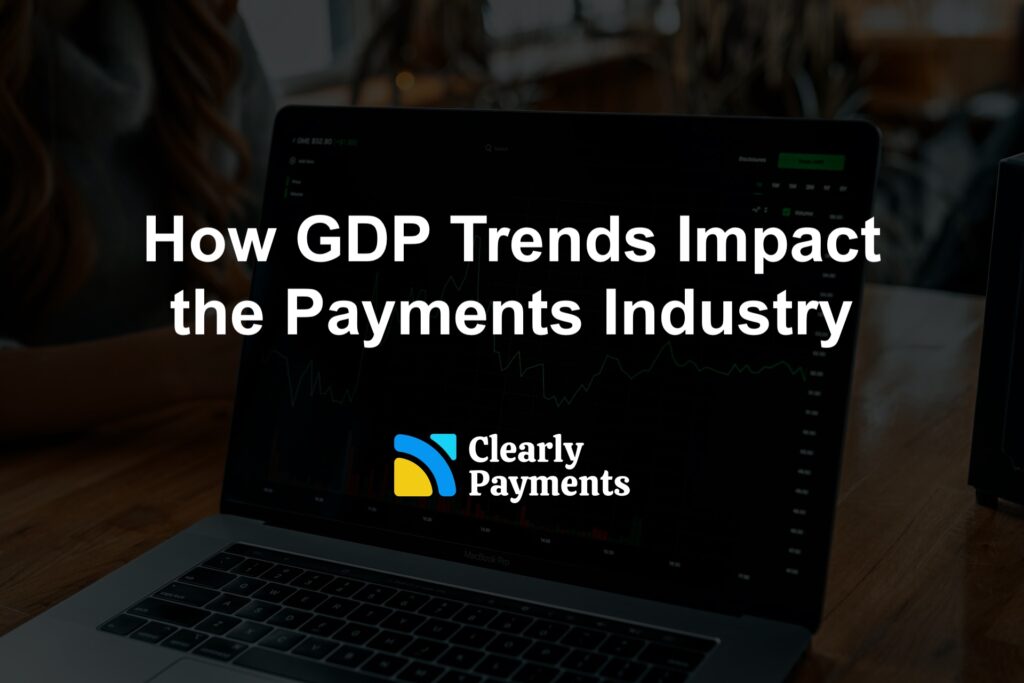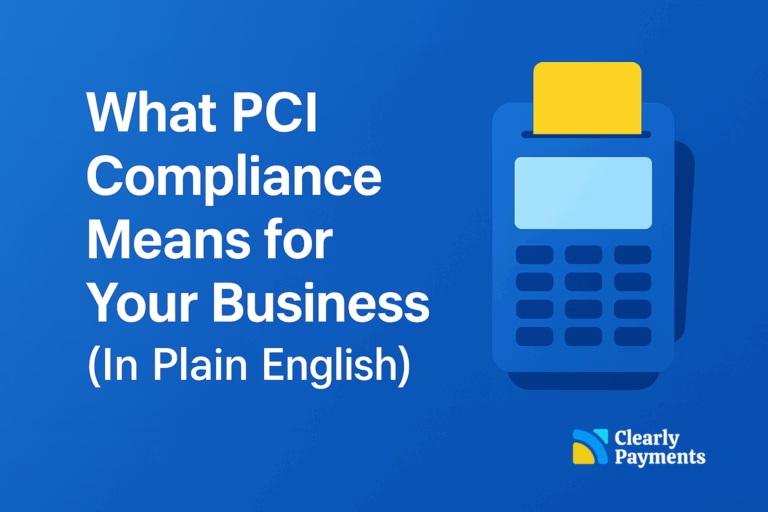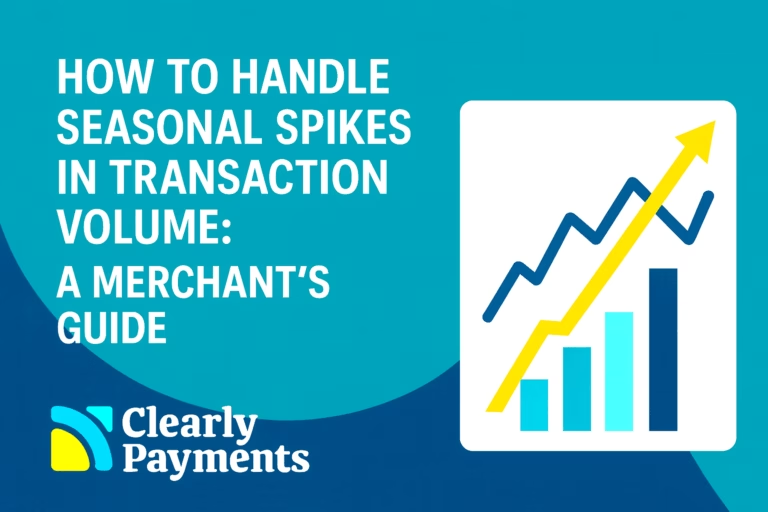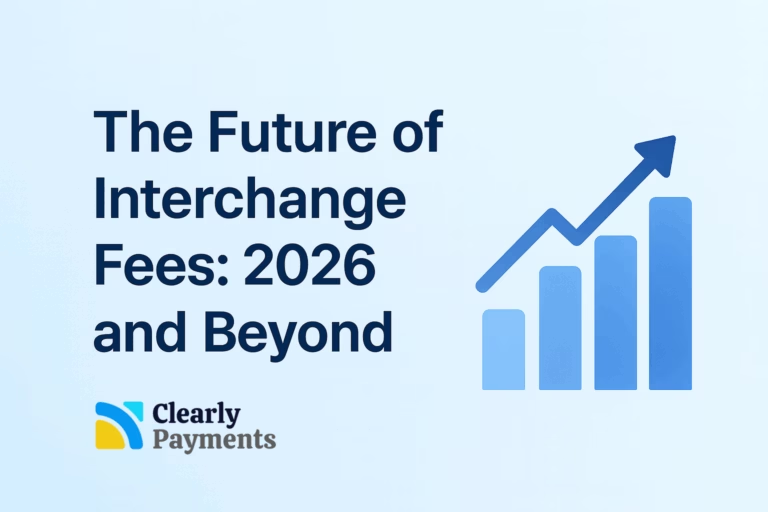Economic growth and the payments industry are closely connected. When the economy grows, people and businesses spend more, fueling transaction volume and, in turn, payment processing activity. Conversely, slowdowns in GDP can signal tighter consumer spending, lower business investment, and reduced demand for financial services.
In this article, we break down the relationship between GDP and the payments industry with real-world data and insights.
What Is GDP and Why It Matters
Gross Domestic Product (GDP) measures the total value of goods and services produced in a country over a period. It’s the most widely used indicator of economic health.
- GDP in Canada (World Bank data) is about US$2.241 trillion, growing by 1.6%
- GDP in the USA (World Bank data) is about US$29.18 trillion, growing by 2.8%
Why does this matter for the payments industry? Because GDP drives consumer spending, business investment, and ecommerce activity, all of which generate payment transactions.
How Economic Growth Influences Payments
When GDP rises, people generally earn more, spend more, and invest more. This creates a ripple effect across nearly every sector, retail, services, travel, and B2B commerce, all of which rely on efficient and scalable payment infrastructure.
In periods of economic expansion:
- Visa’s global payment volume rose 9% in 2024, closely aligned with GDP-driven increases in consumer spending, especially in debit transactions.
- U.S. non-cash payments increased 6%, with card-based transactions accounting for the vast majority of monthly spending as GDP-supported confidence returned.
- Business payment activity expanded, with 43% of firms increasing investment in digital payment tools—responding to stronger demand and economic stability.
In short, more economic activity means more purchases, more invoices, more subscriptions, each requiring a payment to be processed.
Payments During Economic Downturns
During recessions or periods of stagnant GDP, payment volume doesn’t disappear, but it often slows, shifts, or compresses. Certain industries contract faster than others, while consumers and businesses adjust their behaviors in response to tighter conditions.
In 2020, U.S. GDP fell by -2.2%, and credit card spending dropped by over 11%, according to Fed data. Many consumers cut back on discretionary purchases, while businesses postponed capital investments. As a result, payment processors saw a significant reduction in transaction fees from travel, hospitality, and retail sectors.
Interestingly, downturns often accelerate changes in payment behavior. During 2020:
- Consumers leaned more heavily on contactless and mobile payments.
- Businesses prioritized ACH or EFT and low-fee payment rails to preserve cash.
- Digital invoicing and automated billing systems gained traction as companies looked to streamline collections.
This means that while volume may dip, the innovation curve often steepens—especially for digital payment providers.
Sector-Specific Sensitivity to GDP
Not all industries respond to GDP shifts the same way. Some, like retail and travel, are highly cyclical, while others—such as utilities or healthcare—tend to remain stable regardless of broader trends.
For example:
- Retail and ecommerce payments surged in 2021 as the economy reopened, then normalized in 2022 and 2023 as inflation and rate hikes tempered spending.
- Travel and hospitality saw a near collapse in 2020, followed by a sharp rebound, creating extreme volatility in cross-border and FX-related payment processing.
- Construction and manufacturing transactions tend to rise in tandem with business investment cycles and infrastructure spending.
- Healthcare and utilities continue to generate consistent, recurring payments even in downturns.
Understanding which verticals are more or less exposed to GDP shifts helps payment providers and CFOs align their strategy with economic cycles.
Why This Matters to CFOs and Payment Leaders
For CFOs, monitoring GDP is more than just following headlines, it’s about anticipating shifts in cash flow, payment volume, and cost structures. GDP trends influence:
- Revenue forecasting for businesses that rely on transaction-based income.
- Investment timing for upgrading or scaling payment systems.
- Risk assessments related to sectors or customer segments with GDP sensitivity.
- Optimization of payment methods, such as promoting debit or ACH in leaner times to reduce fees.
In a digital-first world, CFOs who understand how macroeconomic cycles affect payments can make smarter, faster decisions about financial infrastructure and growth timing.
GDP and the Future of Payments
The payments industry continues to expand globally, with total industry revenue expected to reach $3.3 trillion by 2030, up from $2.2 trillion in 2023, according to McKinsey. Much of this growth will come from regions with strong GDP growth, especially India, Southeast Asia, and Latin America, where digital payment adoption is accelerating.
Moreover, even in developed markets, the correlation between GDP and payments will remain strong, as embedded payments, instant transfers, and subscription billing models continue to proliferate.
For payment companies, keeping an eye on GDP isn’t just about reacting to economic cycles, it’s about identifying where the next wave of demand will come from.




